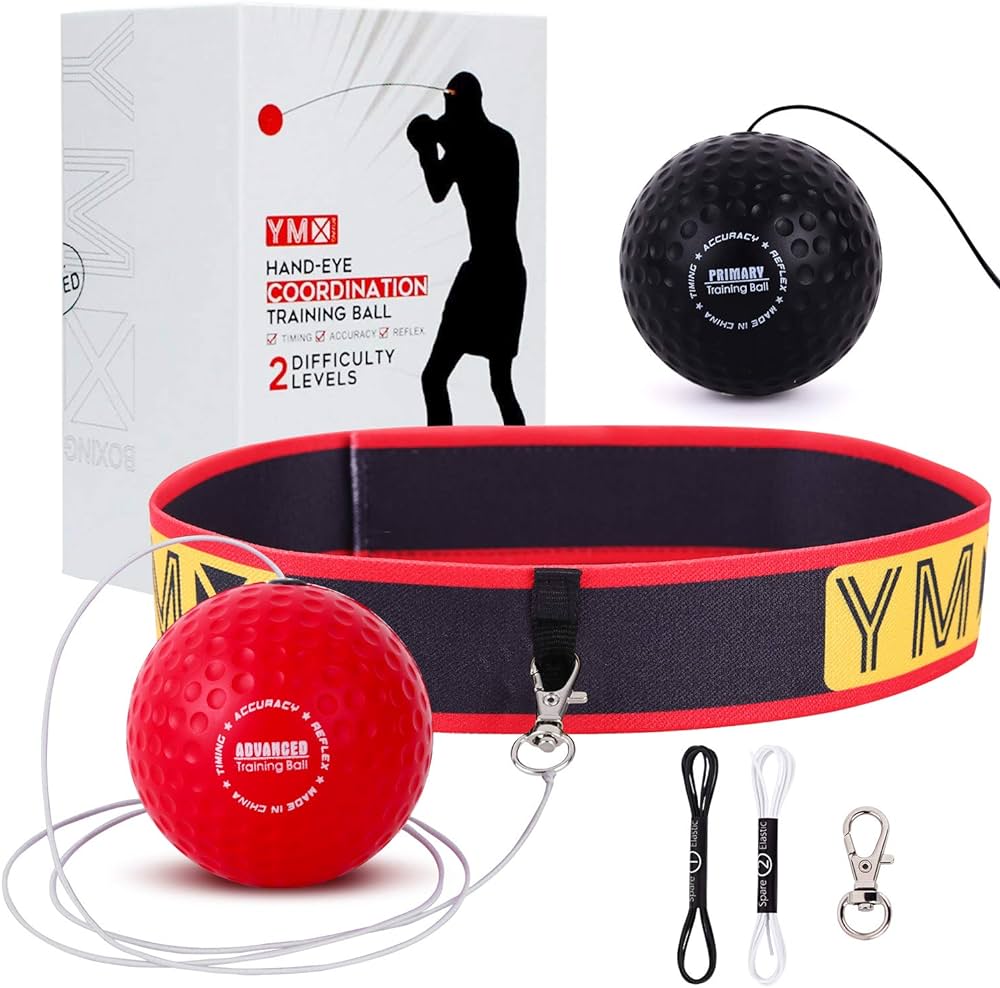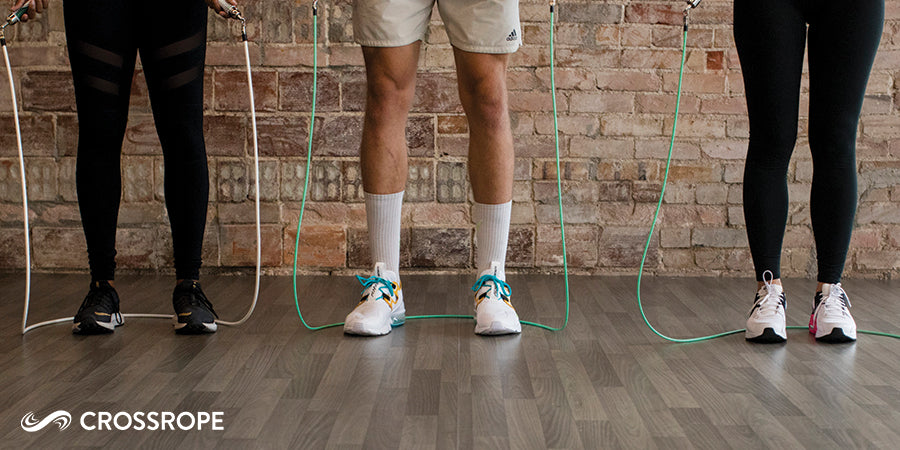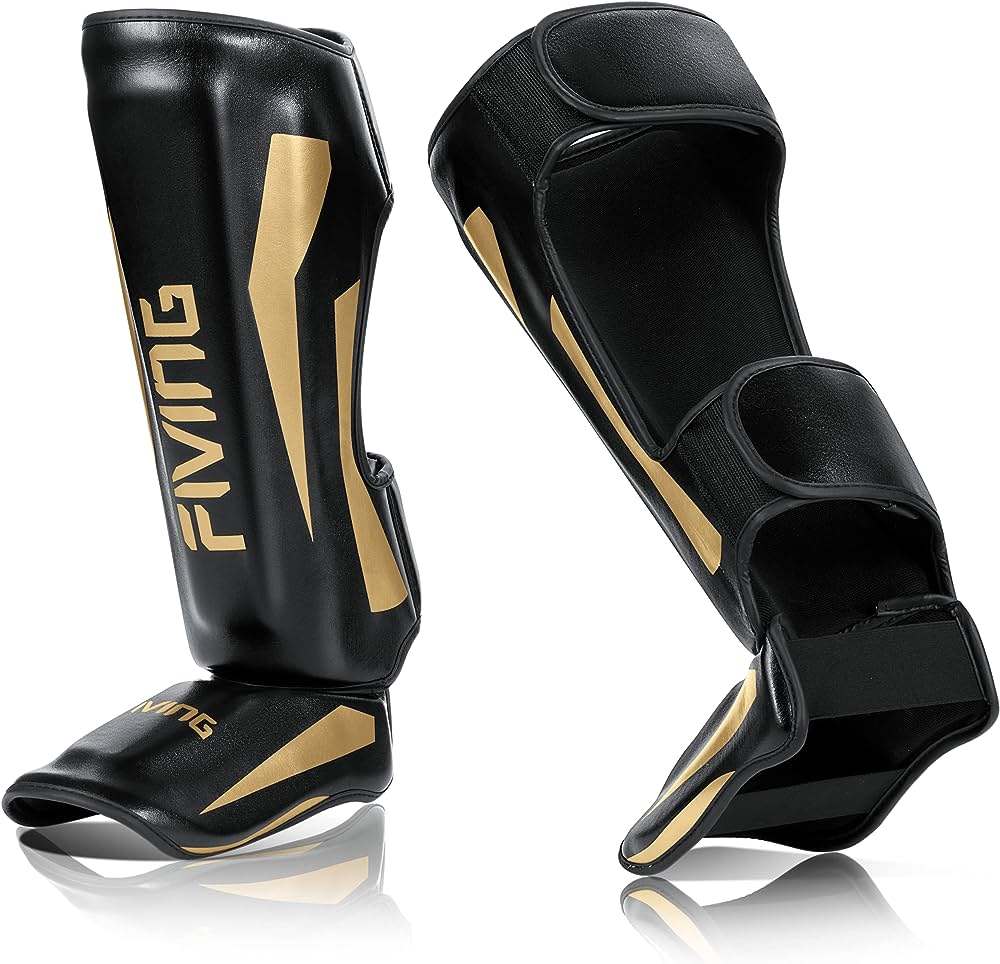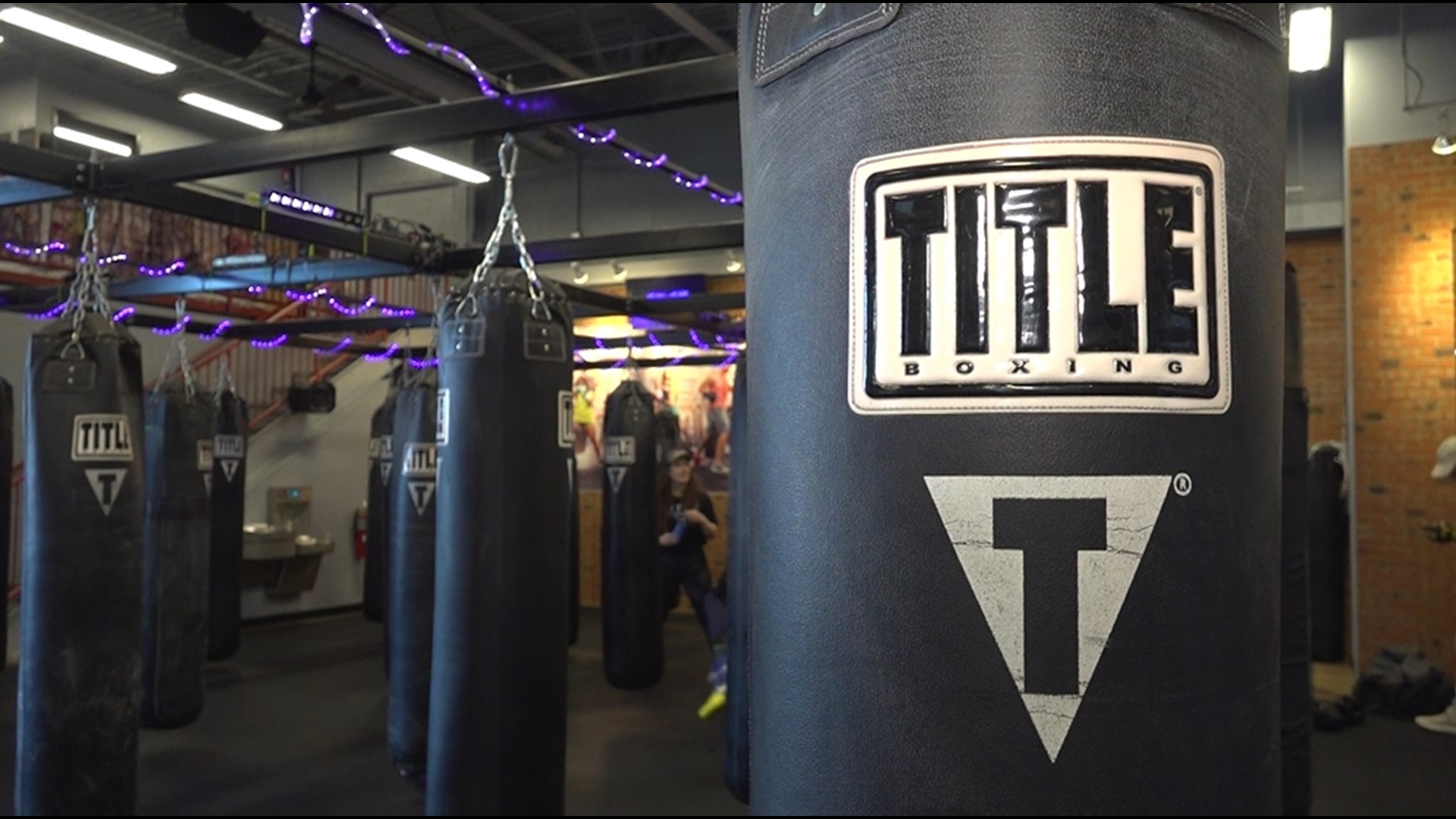Advanced boxing agility drills are exercises that improve speed, reflexes, and footwork for competitive fighters. These drills enhance coordination and overall performance in the ring.
Boxing is a sport that demands a high level of agility and quickness. Advanced boxing agility drills are specially designed exercises that target specific skills required for competitive boxing. These drills aim to enhance a fighter’s speed, reflexes, and footwork, which are crucial for success in the ring.
Incorporating these drills into training routines can improve overall coordination, reaction time, and agility. This article will delve into some effective advanced boxing agility drills that can take a fighter’s performance to the next level, ensuring they are at the top of their game when facing opponents. By regularly practicing these drills, boxers can sharpen their skills and gain a competitive edge in the ring.
1. Plyometric Drills
Advanced boxing agility drills include various plyometric exercises to improve your jumping, explosiveness, and lateral movements. Plyometric drills are essential for building power and speed in boxing. One such drill is jump squats, which involve exploding upwards from a squat position. This exercise targets your lower body muscles, particularly your calves, quads, and glutes.
Another effective plyometric drill for boxers is burpees. Burpees work multiple muscles in your body, including your arms, shoulders, chest, abs, and legs. This high-intensity exercise combines a squat, push-up, and vertical jump to enhance your overall strength and agility.
Lateral bounds are also beneficial for improving your boxing agility. This drill focuses on side-to-side movements, activating your leg muscles and enhancing your lateral quickness. Lateral bounds involve jumping sideways as far as possible while maintaining balance and control.
2. Speed Rope Exercises
Advanced Boxing Agility Drills:
Speed Rope Exercises are an essential component of advanced boxing agility training. These exercises help to improve footwork, coordination, and overall agility in the ring. One effective drill is the Single Leg Hop, which involves hopping on one leg while keeping the other leg off the ground. This exercise targets the calves, quads, and core muscles, while also challenging balance and stability.
Another great exercise is the Crossover Jump, where you jump laterally over the speed rope while crossing your legs. This drill focuses on strengthening the inner and outer thighs, as well as improving lateral quickness.
Lastly, Double Unders are a more advanced speed rope exercise that involves performing two rotations of the rope per jump. This drill focuses on speed, coordination, and increased rope control.
When incorporating Speed Rope Exercises into your boxing training routine, start with a few sets of each exercise and gradually increase the intensity and duration as your agility improves. Remember to always warm up properly before engaging in any intense exercise and consult with a professional trainer if you have any concerns or limitations.
3. Shadow Boxing Techniques
Slip and Counter Shadow boxing is a fundamental training exercise for boxers, allowing them to practice their movements and techniques without an opponent. One technique is the slip and counter, where boxers practice evading punches by moving their head to the side (slip) and immediately countering with a punch of their own. This drill helps improve agility, reflexes, and accuracy. Duck and Weave Another useful shadow boxing technique is the duck and weave. Boxers simulate ducking under an opponent’s punch and then weaving back up to deliver their own counter. This drill enhances agility and coordination, allowing boxers to evade punches while maintaining their position and balance. Pivot and Strike The pivot and strike technique in shadow boxing involves practicing quick footwork to pivot on one foot while delivering a powerful punch. This drill improves agility, balance, and the ability to generate force from different angles. By incorporating these advanced shadow boxing techniques into training sessions, boxers can enhance their agility, speed, and defensive skills, ultimately improving their overall performance in the ring.4. Reaction Training Drills
Advanced Boxing Agility Drills:
For improving agility in boxing, reaction training drills are essential. One effective tool for reflex training is the reflex ball. Reflex ball drills help to enhance hand-eye coordination, reflexes, and reaction time.
Partner Mirror Drill: This drill involves two partners standing in front of each other, mirroring each other’s movements. One partner initiates a movement, and the other partner reacts and mirrors the movement.
Dodge and Strike: This drill focuses on evading incoming punches while simultaneously throwing counter punches. Start by dodging the partner’s punches and promptly respond with a strike.
By incorporating reflex ball drills and partner mirror drills, boxers can elevate their reaction skills, improve their agility, and enhance their overall performance in the ring.
5. Footwork And Agility Drills
When it comes to improving boxing agility, footwork drills play a crucial role. These drills help boxers develop quick reflexes, improve balance, and enhance overall agility in the ring. One effective footwork drill is ladder drills, where boxers move their feet quickly in and out of ladder rungs, focusing on speed and coordination. Another helpful drill is the cone drill, which involves setting up cones at various distances and directions, then maneuvering around them with agility and precision. Zig-zag steps are also beneficial in boxing agility training, as they require quick changes in direction, simulating real boxing scenarios. Incorporating these footwork and agility drills into regular training sessions can greatly improve a boxer’s overall movement, foot speed, and reaction time inside the ring.
6. Defensive Maneuvers
When it comes to advanced boxing agility drills, defensive maneuvers play a crucial role in enhancing a boxer’s defensive skills and overall performance in the ring. One such defensive maneuver is the Shoulder Roll, which involves rotating the leading shoulder inward and allowing punches to slide off the shoulder. This technique is particularly effective against hooks and overhand punches.
Another important defensive maneuver is Parrying, which involves using the palms or forearms to deflect or redirect incoming punches. This quick and precise movement allows boxers to create openings for counterattacks while minimizing the impact of their opponent’s punches.
Lastly, the Bob and Weave technique is a fundamental defensive maneuver that involves bending at the waist and moving the upper body from side to side, avoiding punches by moving the head out of the line of fire. This evasive movement not only helps in dodging punches but also maintains a better position for counterattacking.
7. Focus Mitt Drills
Advanced boxing agility drills are a crucial component of training for boxers looking to enhance their speed, coordination, and reaction time in the ring. One of the key focus mitt drills utilized by trainers is the jab-cross combo. This drill involves the boxer practicing rapid-fire jabs and crosses with precision and accuracy, while their trainer holds the mitts as targets.
Uppercut hooks are another essential aspect of advanced agility training, which helps boxers develop power and generate devastating force in their punches. This drill focuses on executing quick and explosive uppercut punches, targeting the opponent’s chin, ribs, or body, while maintaining proper technique and body positioning.
To add an element of unpredictability to their attacks, boxers utilize the feint and strike drill. This drill involves deceiving the opponent by creating a false opening through a feint, tempting them to react, and then capitalizing on their response with a lightning-fast strike.
8. Core Conditioning Exercises
When it comes to advanced boxing agility drills, core conditioning exercises play a crucial role in enhancing overall performance. Plank variations, including Russian twists and medicine ball throws, are excellent choices to develop a strong and stable core.
Plank variations are effective in engaging multiple muscles simultaneously, including the abdominals, obliques, and lower back. The Russian twists add an element of rotation, targeting the oblique muscles specifically. Medicine ball throws incorporate explosive movements, improving power and coordination.
By regularly incorporating these core conditioning exercises into your training routine, you can improve your balance, stability, and agility inside the boxing ring. Remember, maintaining a strong core is essential for generating power, executing precise movements, and withstanding opponent’s impact.
9. Interval Training
Advanced boxing agility drills incorporate various interval training techniques to enhance speed, endurance, and reaction time. One effective method is high-intensity interval training (HIIT), which involves alternating intense bursts of activity with short recovery periods. HIIT has been shown to improve cardiovascular fitness and increase calorie burn in a shorter amount of time.
Another popular interval training approach is the Tabata Protocol. This training method consists of performing 20 seconds of high-intensity exercise followed by 10 seconds of rest, repeated for a total of 4 minutes. Tabata Protocol is known to improve anaerobic capacity and overall athletic performance.
Boxing circuit training is also an excellent option for agility development. It involves a series of boxing-specific exercises performed in rapid succession, targeting different muscle groups and mimicking the intensity of a real boxing match. Boxing circuit training can help improve coordination, footwork, and overall conditioning.
10. Incorporating Agility Equipment

Credit: www.temu.com
Frequently Asked Questions For Advanced Boxing Agility Drills
How Can I Improve My Boxing Agility?
To improve your boxing agility, focus on footwork drills, ladder drills, shadow boxing, and agility ladder exercises.
How Do You Train Speed And Agility In Boxing?
To train speed and agility in boxing, focus on plyometric exercises, ladder drills, and speed bag workouts.
What Is Agility Training In Boxing?
Agility training in boxing improves speed, footwork, and reaction time, enhancing overall performance.
What Are The Progressive Agility Drills?
Progressive agility drills are exercises that improve speed, agility, and coordination. They involve gradually increasing difficulty to challenge and enhance athletic performance.
How Can I Improve My Boxing Agility?
To improve your boxing agility, you can focus on footwork drills, ladder drills, shadowboxing, and reaction drills. These exercises will help you develop quickness, coordination, and the ability to move swiftly in the ring.
Conclusion
These advanced boxing agility drills are essential for any serious boxer looking to improve their footwork, speed, and reaction time in the ring. Incorporating these drills into your training routine will help you outmaneuver your opponents and dominate the competition.
By consistently practicing ladder drills, cone drills, and agility ladder exercises, you will develop the coordination and quickness needed to swiftly evade punches and deliver powerful strikes. Additionally, the jump rope exercises will not only improve your footwork, but also enhance your stamina and endurance.
Remember to approach these drills with determination and a growth mindset, as mastering them will take time and effort. By committing yourself to these drills, you will gain a competitive edge and become a more agile and formidable boxer. Start incorporating these drills into your training regime today and watch your boxing skills reach new heights.




